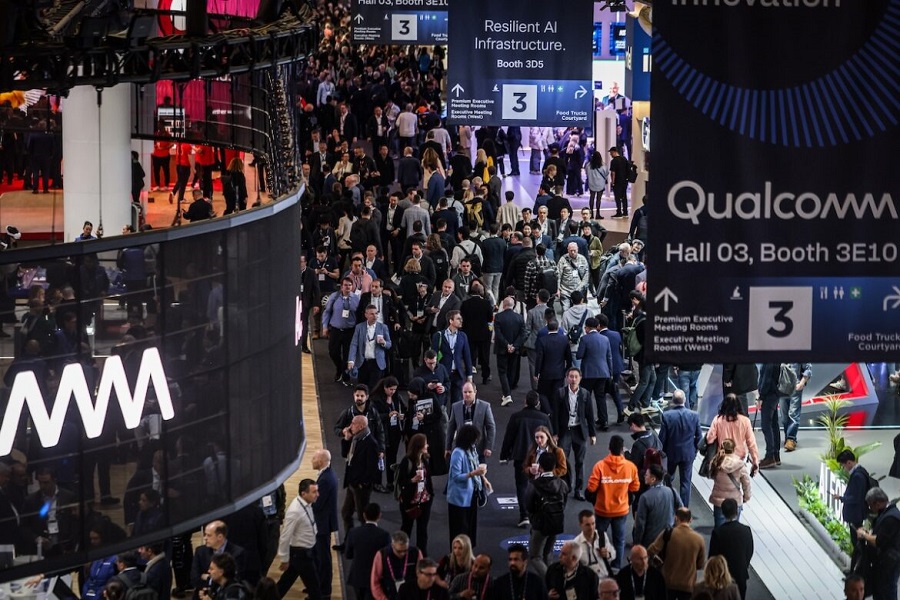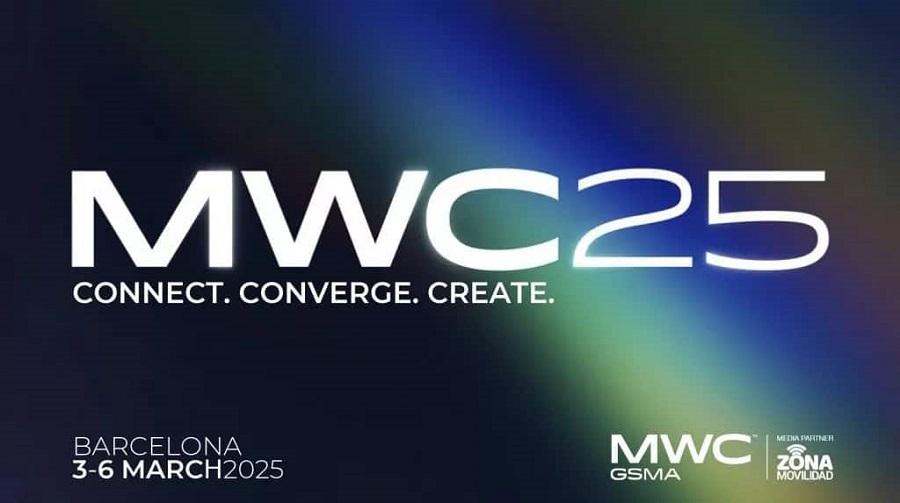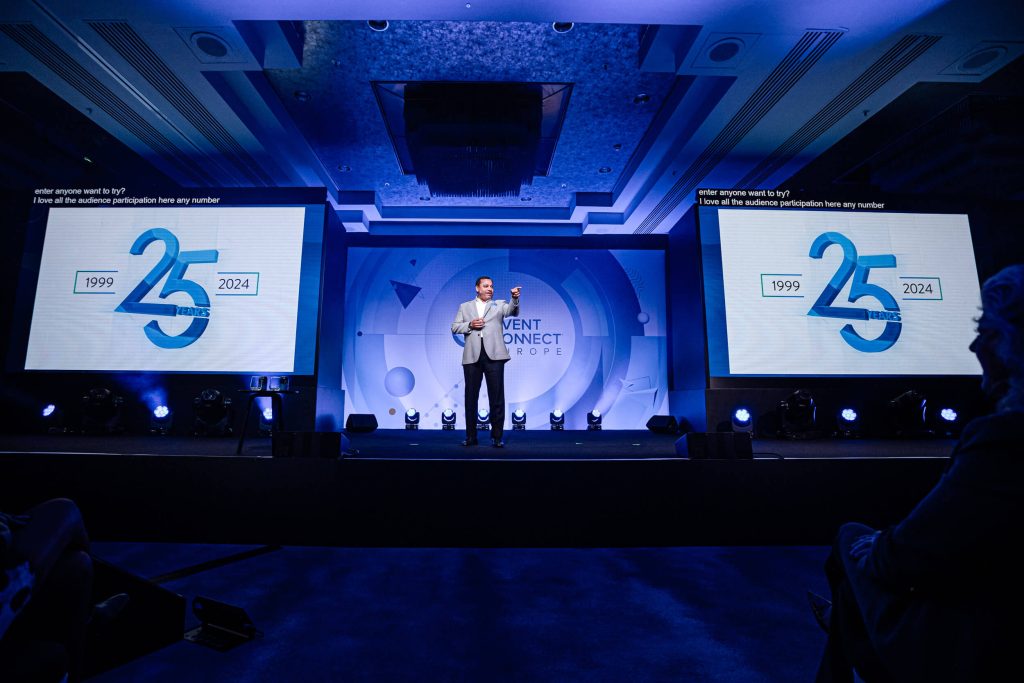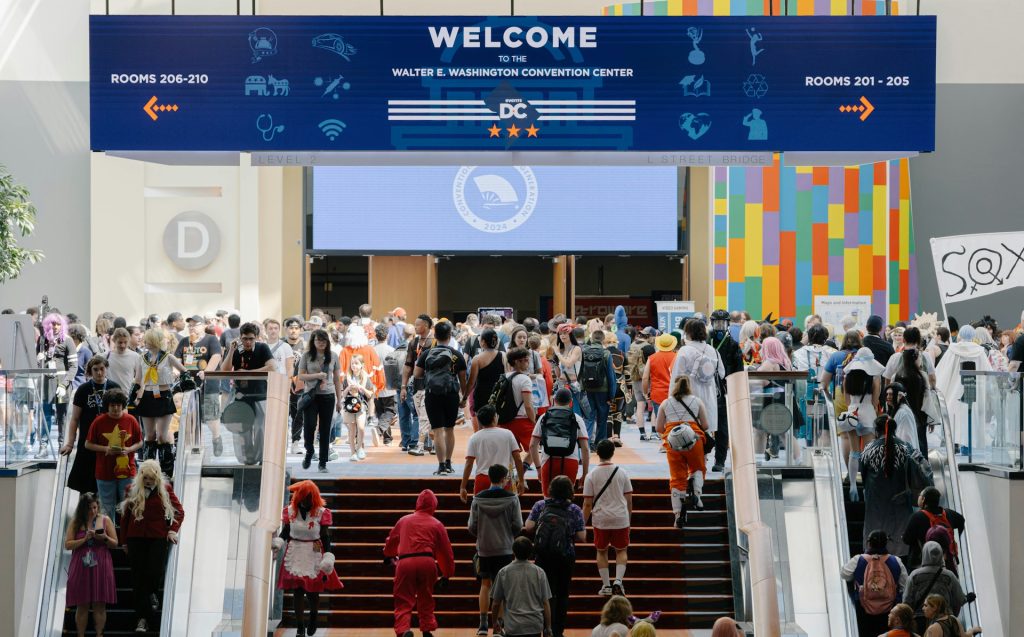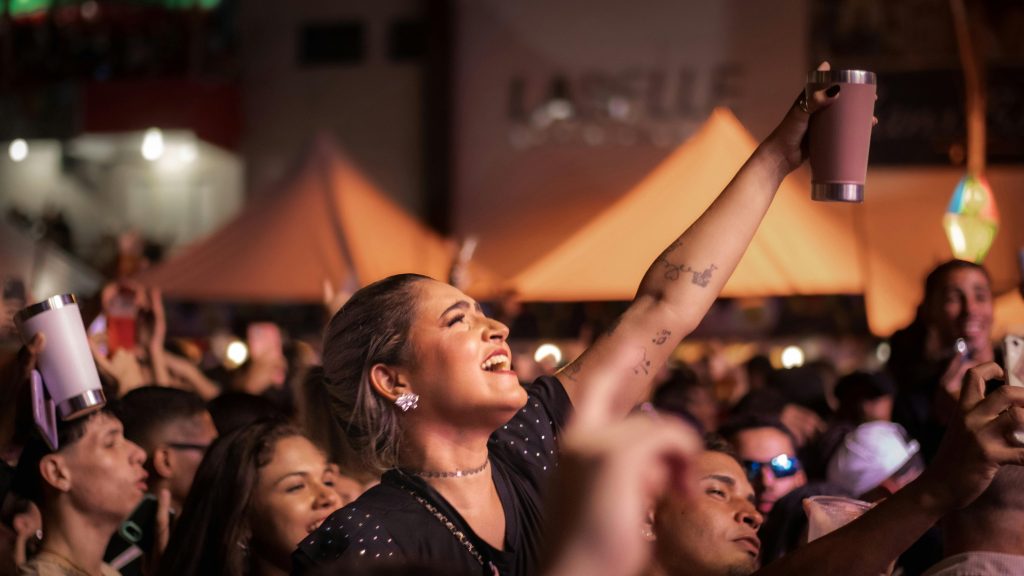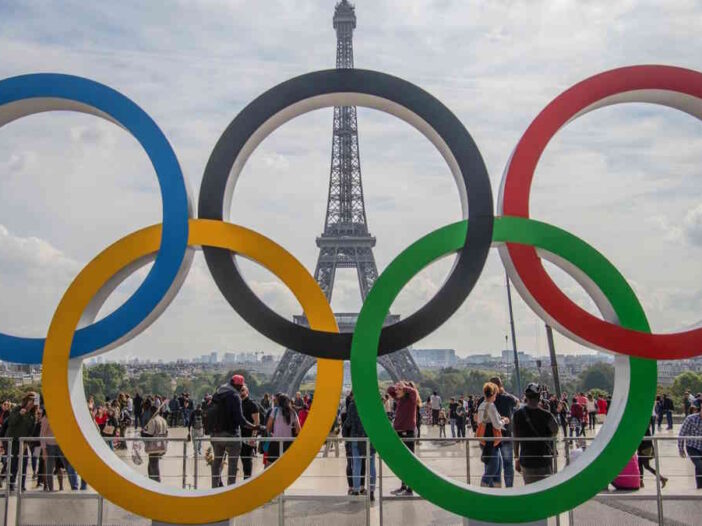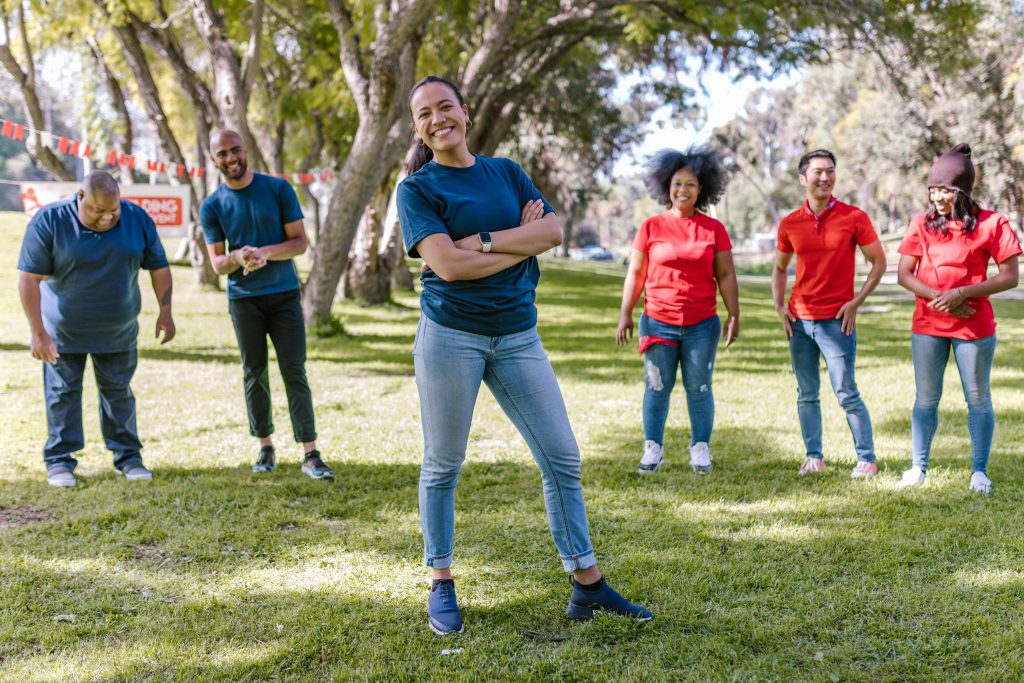We never tire of saying it: we must understand a complex, changing consumer if we want to design successful events, and for this, sociological studies ...
Articles
El MWC 2025 no solo brilló por sus dispositivos y activaciones, sino por la integ ...
El Mobile World Congress 2025 ha vuelto a consolidarse como el evento tecnológico ...
Perhaps the impromptu, the unexpected, is the best thing about events. Sitting do ...
As you know, we love to understand trends: not that they are absolute (people don’t all start doing something we identify suddenly), but because trends are indicative of how society subtly changes, consumer tastes evolve, brands come up with new solutions… and events become more relevant. They are an antidote to the status q ...
In Emmanuel Macron's end-of-year message, something interesting happened: at a ve ...
The end of the year is getting closer, leaving behind the thousands of events tha ...
This question has been in our heads for years, as our industry has been tradition ...
We checked out the Pulse report, a market survey done in the EMEA region by Northstar and Cvent. The question we all have in mind, will there be good business next year, gets a positive answer: no euphoria but a strong market, still growing. But not all is easy, and planners struggle with conditions of the providers, whose f ...
The pandemic made from festivals the event of the summer par excellence and, although during the last 3 years t ...
The world of eSports has evolved considerably in recent years, surviving the pandemic and even coming out stron ...
If everything in the process of donating food from an event was like putting the data into Excel and enforcing compliance, life would be much easier fo ...
We talked about them in our eventos magazine, interviewed Ursula Mejia Melgar (ma ...
It is without a doubt a huge mistake by the best event publication in the world ( ...
The Olympic Games are a golden opportunity to introduce technological innovations ...
The great sporting event is over. Now… what lessons can we, the event professionals that we are, learn from this unusual edition of the Games? Many, after an atypical edition of the Games. At a time when they are being questioned for their environmental impact and their cost to destinations that waste money creating faciliti ...
You work in events, you know that simply passing on facts and theories is not eno ...
In the focus of our latest events magazine, we devoted fifteen pages to a topic w ...
Event moderation is an underestimated art in our industry. It's often done withou ...



